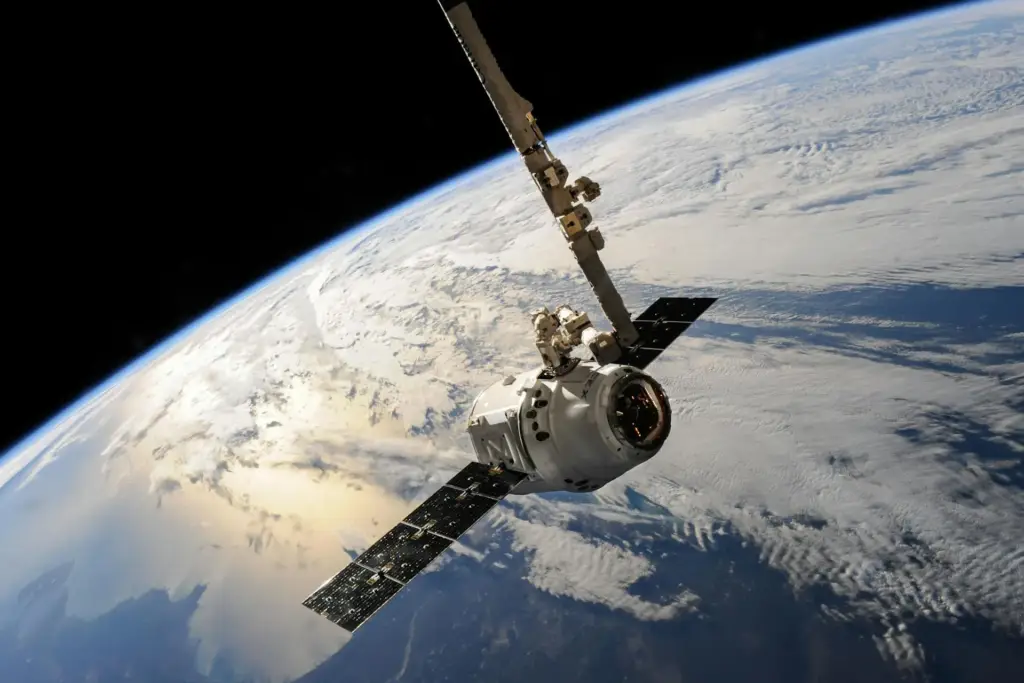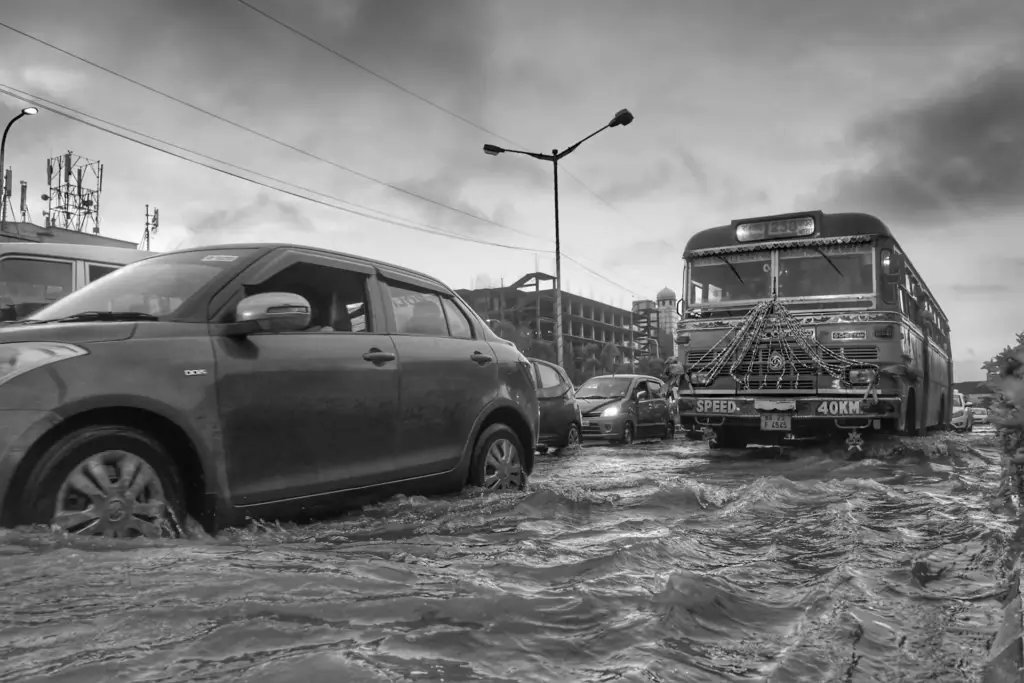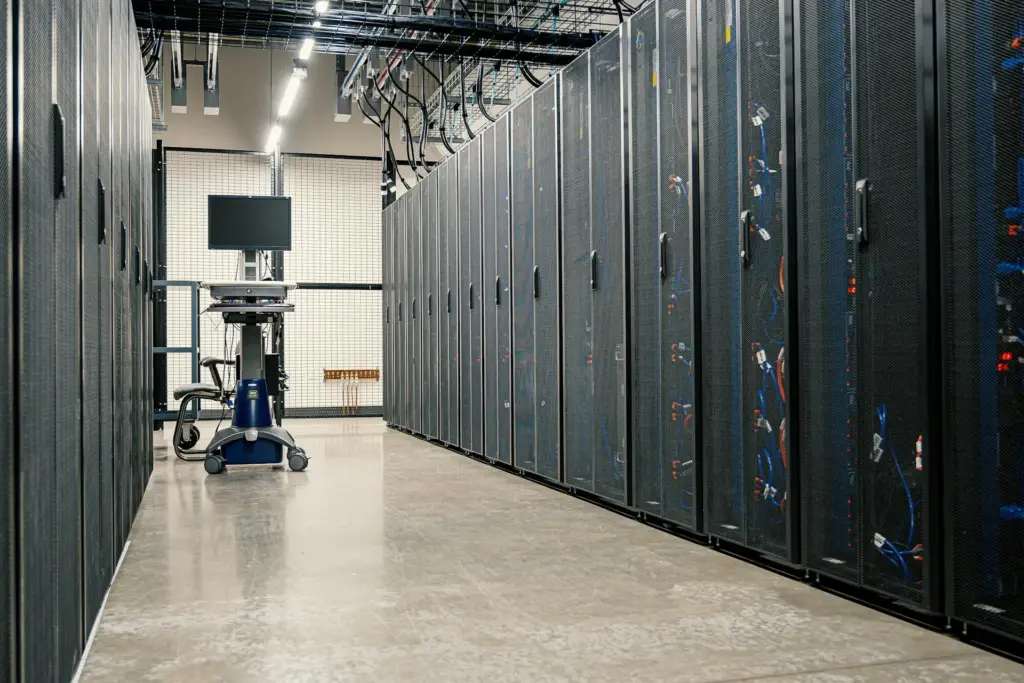It is no surprise to realize that artificial intelligence (AI) is revolutionizing various fields, and meteorology is no exception. The role of AI in weather prediction is critical to improving the accuracy of weather models and anticipating natural disasters. Thanks to its ability to analyze large volumes of data and recognize patterns, AI is enabling significant advances in understanding complex weather phenomena and their effects on the environment.
How does AI Contribute to Weather Prediction?
Weather analysis and prediction requires processing huge amounts of data from sensors, satellites and weather stations around the world. This is where the role of AI in weather prediction comes in, using advanced algorithms to process this information more efficiently than traditional methods.
AI allows the development of predictive models that improve the accuracy of temperature, humidity and precipitation estimates. This is achieved through the use of techniques such as machine learning and deep learning. These technologies help identify patterns in historical data and build more detailed and accurate simulations.

Improvement of Meteorological Models
One of the biggest challenges in meteorology is uncertainty in predictive models. The role of AI in weather prediction helps reduce this uncertainty by developing more accurate and detailed models. AI can learn from historical and current data to adjust predictions in real time.
For example, AI systems can analyze how certain weather phenomena, such as El Niño or La Niña. In this way, meteorologists can predict how these conditions will impact different regions with greater accuracy. This allows traditional weather models, based on physical equations, to be complemented by data-driven simulations.
Natural Disaster Prediction
The role of AI in weather prediction is crucial for anticipating natural disasters such as hurricanes, floods and heat waves. AI is able to identify early signs of extreme events, allowing authorities to make informed decisions and prepare preventive measures.
AI algorithms, can analyze satellite images in real time to detect the formation of storms and predict their path. This allows communities at risk to better prepare and reduce human and material losses.
In the case of flooding, AI can analyze rainfall and water level data to identify patterns that indicate potential river overflows. By predicting these events in advance, early warning systems can be implemented and hazardous areas can be evacuated in a timely manner.

AI and Long-Term Climate Models
The role of AI in weather prediction is not limited to short-term events. AI also contributes to improving long-term climate models, such as climate change predictions. By analyzing data on carbon emissions, deforestation and other environmental factors, AI can simulate how these elements will influence the global climate in the coming decades.
This helps scientists develop more effective environmental policies and assess the impact of mitigation measures, such as emission reductions. In addition, these models are essential for predicting how climate change will affect biodiversity and agriculture in different regions.

The Impact of AI in Weather Prediction
The impact of the role of AI in weather prediction is significant. Thanks to artificial intelligence, meteorologists can analyze large volumes of data in real time and make adjustments to their predictions as weather conditions change. This results in more accurate models and the ability to respond quickly to changing weather phenomena.
In addition, AI enables the development of more detailed simulations of the behavior of complex phenomena such as ocean currents and winds in the upper atmosphere. This contributes to a better understanding of how these elements interact and how they influence climate.
Challenges and Pitfalls of AI in Weather Prediction
Despite its great benefits, the role of AI in weather prediction faces some challenges. Data quality is crucial to the success of AI-based predictive models. Incomplete or biased data can lead to erroneous predictions.
Another challenge is the need for computational power. AI models, especially those based on deep neural networks, require a large amount of resources to train and run. This can be costly and limit their application in certain contexts.

Practical examples
1.- IBM Watson and The Weather Company project: IBM joined forces on The Weather Company, a global weather forecasting platform. Using advanced AI models and machine learning, the company processes 250 billion weather data points daily to improve the accuracy of weather forecasts globally.
2.- Google AI and Climate Change AI: Google has joined forces with various institutions to use its machine learning algorithms to predict climate change patterns. By analyzing large amounts of climate data, Google has been able to develop models that make it possible to predict phenomena such as heat waves or abrupt changes in wind patterns. It has also supported initiatives such as Climate Change AI, an organization that seeks to apply AI to mitigate the effects of climate change through accurate and adaptive predictions.
Conclusion
In conclusion, the role of AI in weather prediction is transforming the way we understand and predict the weather. From improving weather models to anticipating natural disasters, artificial intelligence is providing powerful tools to address the climate challenges of the present and future. As technology advances, we are likely to see even more innovations in the way AI is applied to protect the environment and vulnerable communities in the face of climate change.

